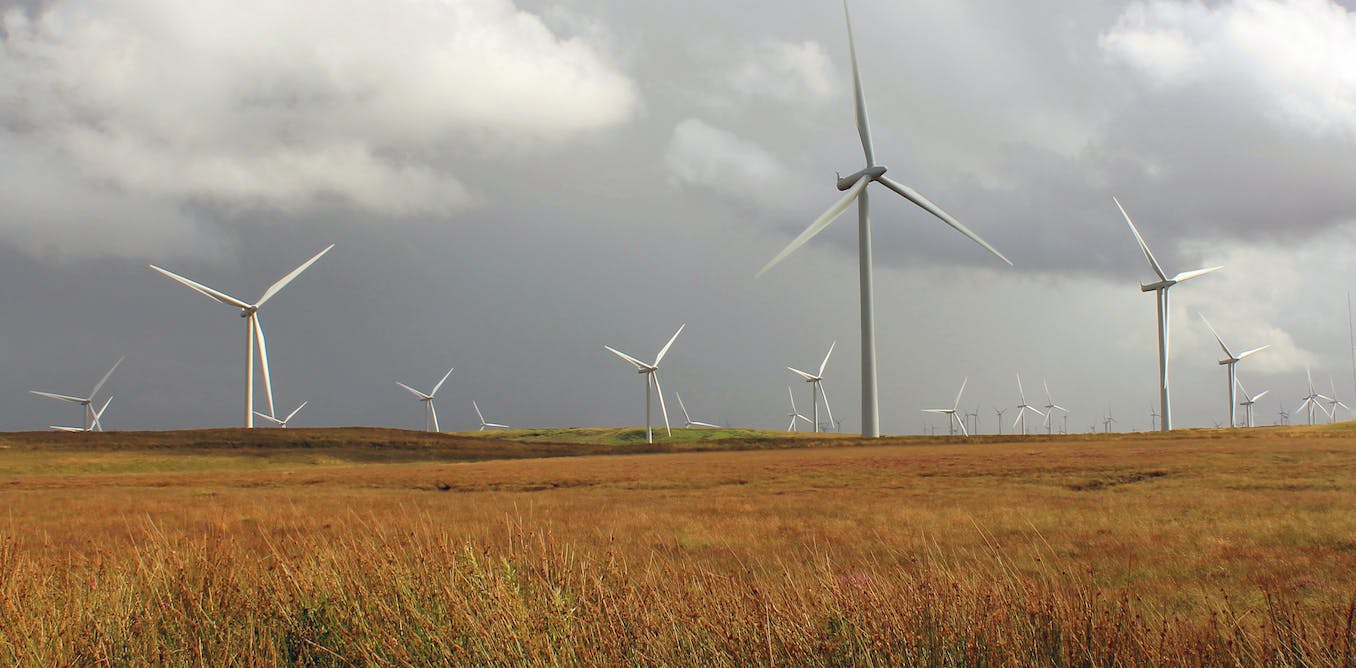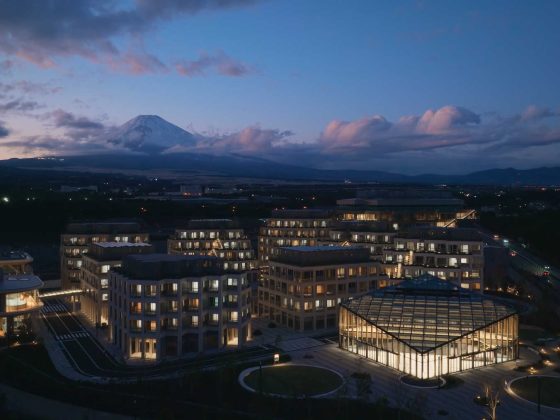As we stand at the crossroads of urban development and environmental sustainability, the challenge of growing our cities in harmony with nature has never been more pressing. The rapid urbanization of our planet, while a testament to human progress, brings with it a unique set of challenges.
These challenges call for innovative solutions that not only cater to the growing needs of urban populations but also ensure the long-term health of our environment. In this article, we explore six ways to grow our cities sustainably, focusing on cutting-edge technologies and practices that can make our urban spaces greener, more efficient, and more livable.
1. Embracing Green Building Practices
Green building practices are essential in reducing the environmental impact of urban development. These practices involve using sustainable materials, energy-efficient designs, and construction methods that minimize waste and pollution.
By focusing on renewable resources and energy efficiency, green buildings not only reduce carbon emissions but also offer healthier living spaces for residents.
2. Sustainable Transportation Networks
Developing sustainable transportation networks is crucial for reducing the carbon footprint of cities. This includes promoting public transport, cycling, and walking, alongside the integration of electric vehicles.
By reducing reliance on fossil fuels, cities can significantly lower their greenhouse gas emissions and improve air quality.
3. Urban Green Spaces
Urban green spaces, such as parks, gardens, and green roofs, play a vital role in making cities more sustainable. They provide a natural cooling effect, improve air quality, and offer habitats for wildlife.
Additionally, green spaces are essential for the mental and physical well-being of urban residents, creating a more livable and attractive city environment.
4. Smart City Technologies
Smart city technologies, like IoT sensors and AI-driven data analytics, can greatly enhance the efficiency of urban infrastructure. These technologies enable better management of resources such as water and energy, reduce waste, and improve the overall quality of urban services. Smart cities are not only more sustainable but also more responsive to the needs of their residents.
5. Innovative Solutions for Sustainable Construction
Converge, a company at the forefront of sustainable construction technology, offers innovative solutions that are revolutionizing how cities are built. Their approach addresses the significant environmental impact of construction, which is responsible for about 8% of global CO2 emissions.
Converge’s sensors and Concrete DNA technology enable more efficient and sustainable construction practices while monitoring the curing process. By optimizing the use of concrete, which is the second most consumed material on earth, Converge’s solutions help reduce waste and emissions, making a substantial contribution to sustainable urban development.
6. Community Engagement and Education
Finally, community engagement and education are key to fostering a culture of sustainability in urban areas. Encouraging residents to participate in sustainable practices, from recycling to energy conservation, can have a significant impact.
Educational programs that raise awareness about the importance of sustainability in urban living are also crucial in driving change at the grassroots level.
Important things to consider
The journey towards sustainable city growth is complex and multifaceted, requiring the collaboration of various stakeholders, from governments and businesses to individual residents.
By embracing green building practices, developing sustainable transportation, creating urban green spaces, utilizing smart city technologies, leveraging innovative solutions like those offered by Converge, and engaging communities, we can pave the way for a more sustainable and livable urban future.
As we continue to grow our cities, let us do so with a mindful approach that respects and preserves our planet for future generations.










